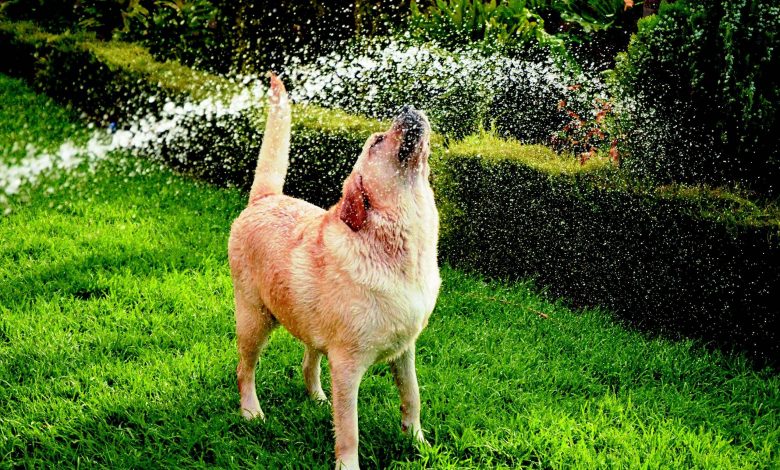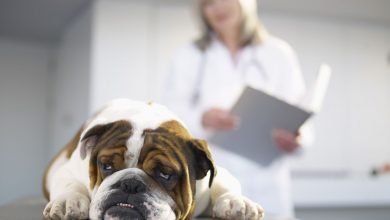How to Ease the Burn – Dogster

[ad_1]
For most of us, our dogs are usually involved in every aspect of our lives. As a result, injuries can occur. Burns are uncommon in dogs, but they do happen. It’s important to know how to manage them should they occur.
What you should do
If your dog has been burned, immediately take these three steps:
- First, douse the area in tepid or cool water for five to 10 minutes.
- Next, cover the area with a clean, dry dressing.
- Finally, seek veterinary care.
The extent of burns is not always immediately obvious, especially in dogs, as they are covered in fur. In canines with moderate to severe burns, shock can set in quickly and must be managed aggressively.
What your vet will do
Your veterinarian will follow some basic steps when assessing and treating a burn. First, they will clip hair away from the area to better visualize the skin. This will allow for evaluation of the seriousness of the damage. Burns are graded according to degrees, just as in humans:
First-degree burns: Only affect the superficial epidermis (outer layer).
Second-degree burns: Involve the layer below the epidermis (dermis).
Third-degree burns: Called full thickness burns and penetrate the skin fully. These are the most severe.
Ease the pain
Burn management will depend on the severity. In the case of first-degree burns, keeping the area clean, dry and covered in an ointment like silver sulfadiazine, which has antibacterial properties, may be all that’s needed. Pain medication is a critical part of care, as well. Your veterinarian may prescribe a non-steroidal anti-inflammatory, gabapentin, and/or other medications to manage discomfort. If the burn is in a place that your dog can lick, he will need an e-collar.
Second-degree burns are managed much the same, but antibiotics may be required as well to prevent skin infection. Also, hospitalization might be needed.
In the case of third-degree burns, intensive management is warranted. This may include surgery to remove dead and dying tissue, hospitalization for IV fluids and antibiotics, as well as pain medications. Third-degree burns can be life-threatening injuries. Due to the complete loss of the skin barrier, infection is a common occurrence.
Prevent burns
The good news is that burns can be mostly avoided. There are several common ways that dogs are injured, and these can be minimized.
- Heating pads are generally not safe for dogs, especially young puppies or geriatric dogs who have difficulty getting around. Instead of using heating pads, look for dog-specific, safe products that can apply heat directly to areas of discomfort.
- Electrical cords are a source of oral burns, so make sure that these are tucked away from curious mouths, especially when puppies are around.
- Keep dogs out of the kitchen when cooking, as boiling water is an occasional cause of burns.
- Avoid open flames such as candles and potpourri in areas where dogs can access them.
- An often overlooked source of burns is using a hot hose on a dog during the summer. If a hose has been lying in the sun, the water inside can reach 150+ degrees Fahrenheit. Therefore, if you’re going to play in the water with your dog, make sure to let the hose run for a few minutes and test the water beforehand.
With a little foresight and planning, your dog can be kept safe from burn injuries. But if it happens, seek veterinary care immediately. Do not take a wait-and-see approach, as burns can be hard to evaluate initially and can rapidly worsen.
3 Types of Burns
Thermal:
Caused by direct application of heat, such as boiling water or a heating pad
Chemical:
Caused by caustic substances such as bleaches, acids and flammable substances
Mechanical:
Caused by friction, such as rope burns and “road rash,” when a dog has been dragged by a vehicle.
[ad_2]
Source link






